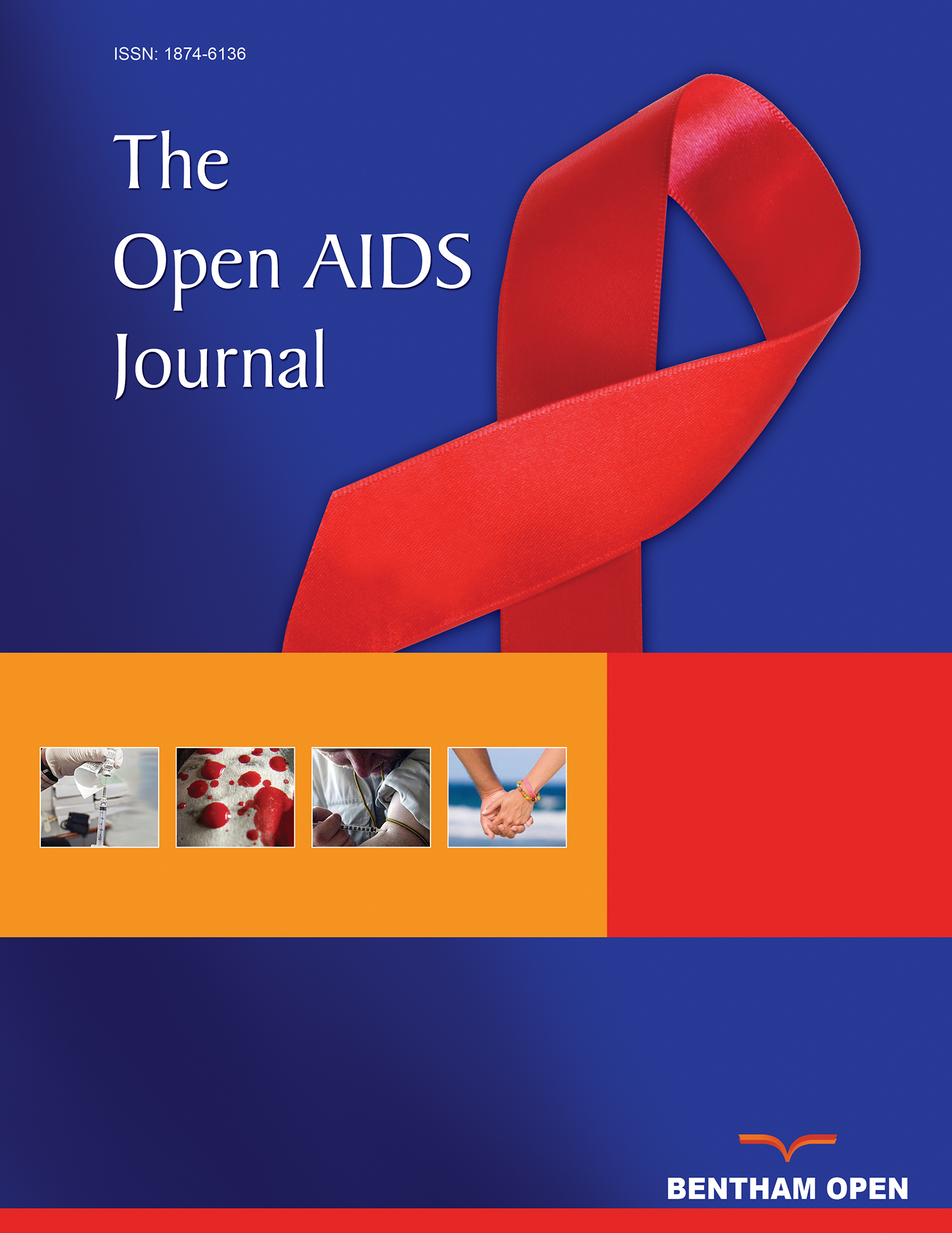All published articles of this journal are available on ScienceDirect.
Testosterone Deficiency and Changes in Body Composition in Men Living with HIV
Abstract
Introduction
Testosterone Deficiency (TD) is a frequent but often overlooked comorbidity among men living with HIV (MLWHIV). This study compared TD frequency using Total Testosterone (TT) and calculated Free Testosterone (cFT) and factors potentially associated with this condition.
Methods
This observational cross-sectional study included MLWHIV > 18 years receiving Antiretroviral Therapy (ART). Clinical and laboratory data were collected. Bone Mass (BM), Lean Mass (LM), and Fat Mass (FM) were assessed using Dual-energy X-ray Absorptiometry (DXA). TD was defined as Total Testosterone (TT) < 300 ng/dL and/or calculated Free Testosterone (cFT) < 6.4 ng/dL.
Results
Eighty-four participants were included from May 2014 to August 2015. TD prevalence was 22.6% by TT and 44% by cFT (p < 0.001). Participants with TD were older (50 vs. 45 years, p < 0.01), had a higher prevalence of metabolic syndrome (27% vs. 4.3%, p < 0.01), increased waist circumference (21.6% vs. 4.3%, p < 0.05), and a lower frequency of normal BM (37.5% vs. 67.5%, p < 0.05).
Discussion
TD was more frequent used with cFT criteria and was associated with older age, metabolic syndrome, abdominal obesity, and lower bone mass. No correlation was found with CD4 count or ART exposure, likely reflecting a virologically suppressed and homogeneous cohort. The single-center, cross-sectional design limits causal inference and external generalizability.
Conclusion
In MLWHIV, the cFT criterion identified more cases of TD than TT alone. TD is associated with low bone mass, increased waist circumference, and a higher prevalence of metabolic syndrome, highlighting the importance of systematic evaluation using cFT. Longitudinal studies are needed to clarify causal pathways and guide management.


